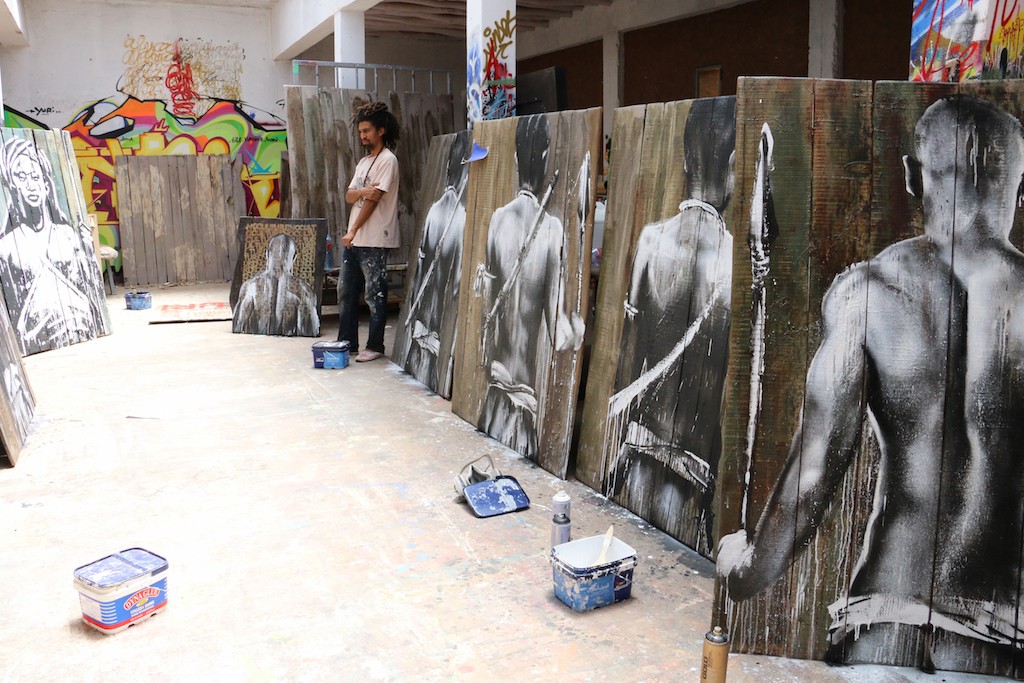Themes in the literary traditions of contemporary Africa are worked out frequently within the strictures laid down by the imported religions Christianity and Islam and within the struggle between traditional and modern, between rural and newly urban, between genders, and between generations. The oral tradition is clearly evident in the popular literature of the marketplace and the major urban centres, created by literary storytellers who are manipulating the original materials much as oral storytellers do, at the same time remaining faithful to the tradition. Some of the early writers sharpened their writing abilities by translating works into African languages; others collected oral tradition; most experienced their apprenticeships in one way or another within the contexts of living oral traditions.
There was a clear interaction between the deeply rooted oral tradition and the developing literary traditions of the 20th century. That interaction is revealed in the placing of literary works into the forms of the oral tradition. The impact of the epic on the novel, for instance, continues to influence writers today. The oral tradition in the work of some of the early writers of the 20th century—Amos Tutuola of Nigeria, D.O. Fagunwa in Yoruba, Violet Dube in Zulu, S.E.K. Mqhayi in Xhosa, and Mario António in Portuguese—is readily evident. Some of these writings were merely imitations of the oral tradition and were therefore not influential. Such antiquarians did little more than retell, recast, or transcribe materials from the oral tradition. But the work of writers such as Tutuola had a dynamic effect on the developing literary tradition; such works went beyond mere imitation.
The most successful of the early African writers knew what could be done with the oral tradition; they understood how its structures and images could be transposed to a literary mode, and they were able to distinguish mimicry from organic growth. Guybon Sinxo explored the relationship between oral tradition and writing in his popular Xhosa novels, and A.C. Jordan (in Xhosa), O.K. Matsepe (in Sotho), and R.R.R. Dhlomo (in Zulu) built on that kind of writing, establishing new relationships not only between oral and written materials but between the written and the written—that is, between the writers of popular fiction and those writers who wished to create a more serious form of literature. The threads that connect these three categories of artistic activity are many, they are reciprocal, and they are essentially African, though there is no doubt that there was also interaction with European traditions. Writers in Africa today owe much to African oral tradition and to those authors who have occupied the space between the two traditions, in an area of creative interaction.
Literatures In African Language
Ethiopian
Ethiopian literatures are composed in several languages: Geʿez, Amharic, Tigrinya, Tigré, Oromo, and Harari. Most of the literature in Ethiopia has been in Geʿez and Amharic. The classical language is Geʿez, but over time Geʿez literature became the domain of a small portion of the population. The more common spoken language, Amharic, became widespread when it was used for political and religious purposes to reach a larger part of the population.
Geʿez was the literary language in Ethiopia from a very early period, most importantly from the 13th century. The Kebra nagast (Glory of Kings), written from 1314 to 1322, relates the birth of Menelik—the son of Solomon and Makada, the queen of Sheba—who became the king of Ethiopia. The work became a crucial part of the literature and culture of Ethiopia. Royal chronicles were written, and there was some secular poetry. But most of the writing was religious in nature and tone. Many translations of religious works were produced, as were works having to do with the lives of Zagwe kings. In the 15th century, Ta’amra Maryam (The Miracles of Mary) was written, and this was to become a major work in Ethiopia. There were also translations from Arabic.
Two writers created the foundation for the Amharic literary tradition. The first novel written in Amharic was Libb-waled tarik (1908; “An Imagined Story”), by Afawark Gabra Iyasus. The oral storytelling tradition is clearly in evidence in this novel, in which a girl disguised as a boy becomes the centre of complex love involvements, the climax of which includes the conversion of a love-smitten king to Christianity. Heruy Walda Sellasse, an Ethiopian foreign minister who became the country’s first major writer, wrote two novels that are critical of child marriage and that extol Christianity and Western technology. But he was also critical of the Christian church and proposed in one of his novels its reform. In his second novel, Haddis alem (1924; “The New World”), he wrote of a youth who is educated in Europe and who, when he returns to Ethiopia, experiences clashes between his European education and the traditions of his past. Drama was also developed at this time. Playwrights included Tekle Hawaryat Tekle Maryam, who wrote a comedy in 1911, Yoftahe Niguse, and Menghistu Lemma, who wrote plays that satirized the conflict between tradition and the West. Poetry included works in praise of the Ethiopian emperor. Gabra Egzi’abeher frequently took an acerbic view of traditional life and attitudes in his poetry.
After World War II, important writers continued to compose works in Amharic. Mekonnin Indalkachew wrote Silsawi Dawit (1949–50; “David III”), Ye-dem zemen(1954–1955; “Era of Blood”), and T’aytu Bit’ul (1957–58), all historical novels. Girmachew Tekle Hawaryat wrote the novel Araya (1948–49), about the journeying of the peasant Araya to Europe to be educated and his struggle to decide whether to remain there or return to Africa. One of Ethiopia’s most popular novels, it explores generational conflict as well as the conflict between tradition and modernism. Kabbada Mika’el became a significant playwright, biographer, and historian. Other writers also dealt with the conflict between the old and the new, with issues of social justice, and with political problems. Central themes in post-World War II Amharic literature are the relationship between humans and God, the difficulties of life, and the importance of humility and acceptance. Kabbada Mika’el wrote drama reinforcing Christian values, attacking materialism, and exploring historical events. Taddasa Liban wrote short stories that examine the relationship between the old and the new in Ethiopian society. Asras Asfa Wasan wrote poetry and historical novels about political events, including the military coup attempted against Emperor Haile Selassie I in December 1960. Writers such as Mengistu Gedamu and P’awlos Nyonyo became more and more concerned in their works with social issues, and the widespread struggle between tradition and modernism was debated. Novelists looked further afield and wrote about apartheid in South Africa and the African nationalist leader Patrice Lumumba. At the turn of the 21st century there was also a concern with preserving traditional materials in Amharic.
Read More: African literature – The influence of oral traditions on modern writers | Britannica.com





